The selection of pillar tiles, as an integral effective part of large living room decor, requires a guide and as an experienced team, we are here to help you to find the proper tiles for this monolithic component. Here are some tile properties to consider when choosing tiles for your home:
Determine Durability:
Ceramics and Porcelain
The tile industry grades wear using the PEI scale, which ranks tile surfaces from 1 to 5. PEI 1 has the lowest abrasion resistance and PEI 5 has the highest abrasion resistance.
Most tiles will work on walls, but floor tiles will need to withstand more wear and tear. For light residential use, Class 2 or higher is a good choice. Level 3 or higher works best for high-traffic areas such as kitchens and entryways. Click on the Specifications tab in our Ceramic & Porcelain section to view PEI ratings.
natural stone
Natural stone is not man-made, so ceramic and porcelain are in different proportions. However, the stone has been used for thousands of years and still has a classic look. Our knowledgeable design consultants will give you the opportunity to choose a durable floor that has the timeless beauty and character that you can only achieve with natural stone.
Other Options
We explore new materials every day to expand your floor and wall options. Use our wide selection of glass, mosaic, and metal to accent ceramic, porcelain, or natural stone. Mix and match these styles and textures to create custom designs that match your vision!
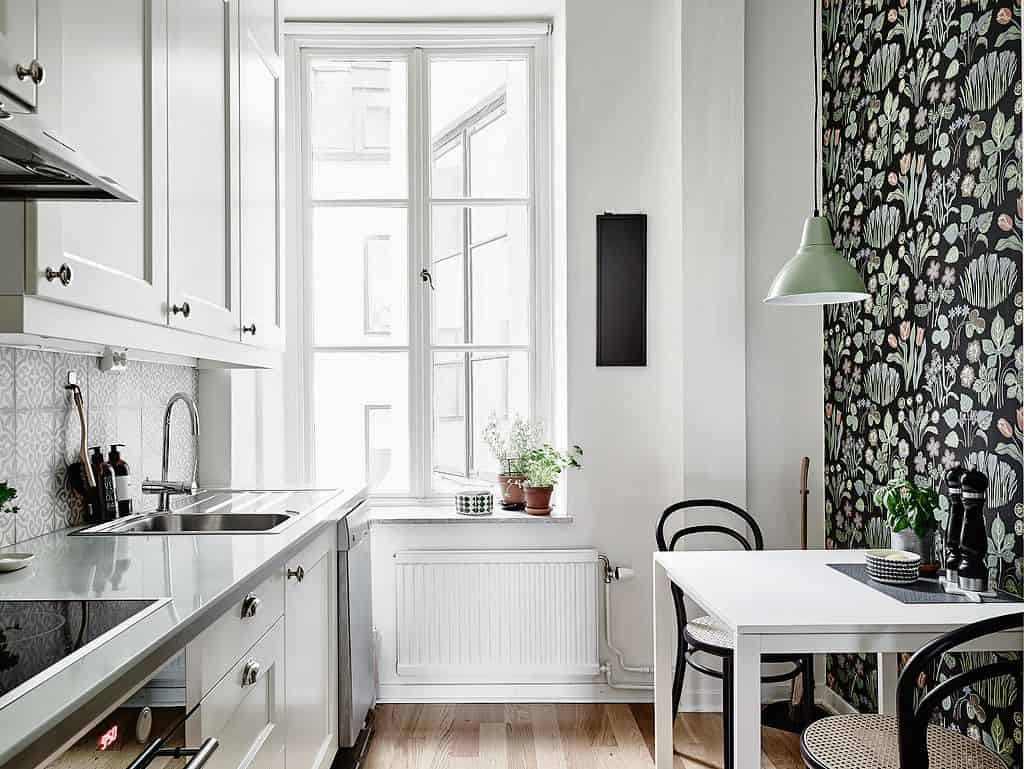
Technical information
For more information on Dynamic Coefficient of Friction (DCOF) and the DCOF AcuTest protocol, see the Tile Council of North America (TCNA) Technical Bulletin.
select size:
Best Tile offers a range of sizes, from small 3/8″ mosaics to stunning 5’x10′ porcelain plates, and everything in between. With a focus on American and European products, we promote trends toward the future such as large size tiles and a wide selection of traditional sizes.
When sizing tiles for a room, you will capture the proportional look by installing at least 3 tiles of the same size in a row on the floor. larger tiles, you can limit the pattern effect of the grout, making the space appear larger.
Color Rules:
Of course, only you can decide which color suits you best, but here are some basic rules:
- Light colors enlarge the space
- Darker colors add warmth
- Shadow changes will blend and mask better than anything
- Neutral colors allow for changing accessories
- Bright colors are pleasing and add character
Although tiles may look similar from piece to piece, each tile will vary in color and shade to give depth and character to the overall look. Artificial tiles and natural stones are different each time they are produced or mined.
It’s a good idea to lay out a few pieces to get an idea of the actual design. Any questions or concerns regarding your choice of tile or stone should be clarified prior to installation.

Texture Tips:
Generally, tiles with a textured or matte finish are less slippery than smooth or glossy tiles. Keep this in mind when choosing floor tiles, especially in moisture-prone areas such as kitchens, bathrooms, and entryways.
That said, many people use polished marble and porcelain in these areas and feel that the resulting look outweighs the lack of slip resistance. Although many products can be purchased online, tiles are the ones you really need to touch and feel.
Choose a style:
- stone look
- Faux stone tiles are very popular because they suit any decor and are durable. Many of our porcelain collections have been created using innovative digital inkjet technology to recreate the look of natural stone. You can barely tell the difference!
- wood look
- Wood-look tiles are designed to withstand high-traffic spaces and humid areas not suited to traditional wood floors while providing natural appeal.
- tumbling marble
- Aged marble is a timeless look that suits many different styles. Marble tiles provide a more formal look.
- subway tiles
- White “subway” tiles are still popular. Newer products such as glass and metal tiles are often combined with ceramic, porcelain, and natural stone to create unique and striking installations.
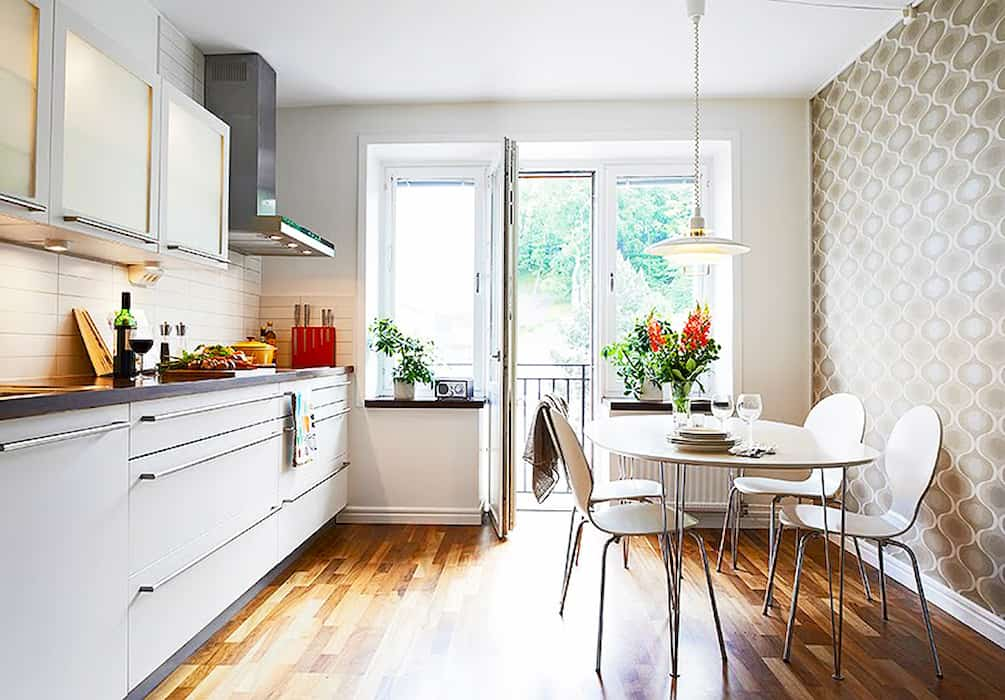
Tiles selection guide for living room
Tile selection can be stressful and our tile experts are here to guide you in finding the proper tiles for the living room.
What does your living room do to you? It is mostly known as the heart of the whole house. It’s the perfect place to socialize when you have visitors or to relax with your loved ones in the evening. So naturally, there are a lot of things to consider when choosing tiles for your living room. Follow this guide to find the tile that’s right for your lifestyle.
- Ensure the right atmosphere
Getting a space that feels like home is an important consideration when choosing tiles for your living room. After all, it’s the room where your loved ones and guests spend the most time.
So how to choose the tiles for the living room? In order to make it a comfortable space for everyone, choosing the right color is essential. It is well documented that the color of the environment affects the human subconscious.
Therefore, the color scheme in the living room should give preference to pastel colors and avoid extremes. Some of the favorite colors used in the living room are brown, beige, gray, and amber. Consistency in how you choose living room tiles between floor and furniture designs is also crucial to getting the perfect space.
- If you like the aesthetic of hardwood, choose wood-look tiles
Hardwood floors look great in living rooms, but they scratch easily and are difficult to maintain. If you love the aesthetic of hardwood but want the hassle, choose wood-look ceramic tiles.
It’s really durable, moisture and scratch-resistant, which means your floors will look great for a long time. You can buy ceramic wood that mimics the look of almost any type of tree.
Remember that solid wood floors are softer and warmer than ceramic wood, which can be hard and cold. However, ceramic wood floors are easier to clean than real hardwood floors.
However, this type of flooring can be expensive to install. A car title loan can be the perfect way to cover these expenses and make your living room look great!
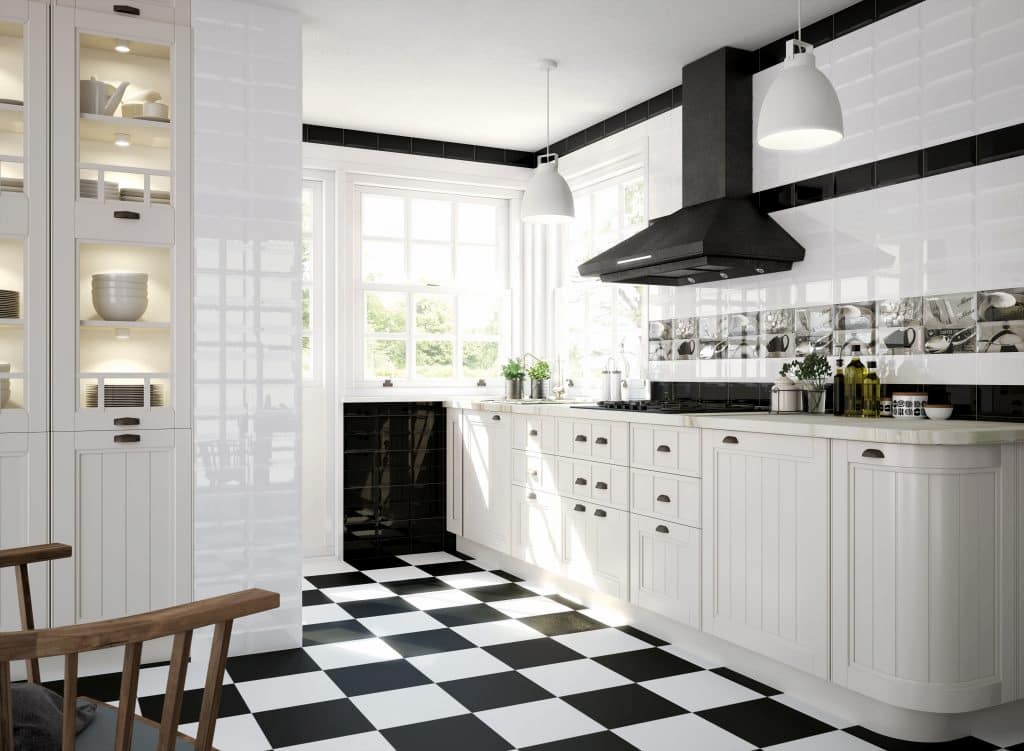
- Choose ceramic or tile for a solid, dense floor
Porcelain and porcelain look similar, but porcelain is slightly denser and less porous than ceramic. It might be a good option if you have kids and pets, as it can handle more movement (and is less likely to get dirty). Porcelain is generally a bit more expensive than ceramic but generally lasts longer. Tiles are available in many different designs and colors, so you’ll be spoiled for choice!
- Install mosaic tiles for patterned and textured floors
Mosaic tiles may look odd for a living room, but they can really add a lot of color, texture, and artistry to your space. It’s great if you want the rest of the room to be simple and at the same time, you want an explosion of color or design in the room. Mosaic tiles are ideal if you want to create your own designs, they are long lasting and easy to clean.
- Consider durability and maintenance
Durability is an important consideration when choosing tiles for your living room. Not only does your living room floor get a lot of traffic, but it’s also prone to falling and spilling objects that can cause damage.
When it comes to sustainability, tile is always a top priority. The tiles are harder than old-fashioned tiles and most natural stone tiles. Whatever the surface, the rigid body ensures that they retain their original appearance for a long time.
Most tiles are stain-resistant, which means they require little maintenance. This is because most tiles are pre-glazed or sealed, so surface porosity is kept to a minimum.
- Choose a floor that suits your daily life
Don’t buy fancy floors for entertainment purposes. If your floors are constantly under heavy traffic, you should not add glazed or smooth tiles to a room, especially if you have children or pets in your home.
Having a tiled floor can make you prone to slips and minor accidents. So consider your family’s daily needs when choosing tiles for your living room.
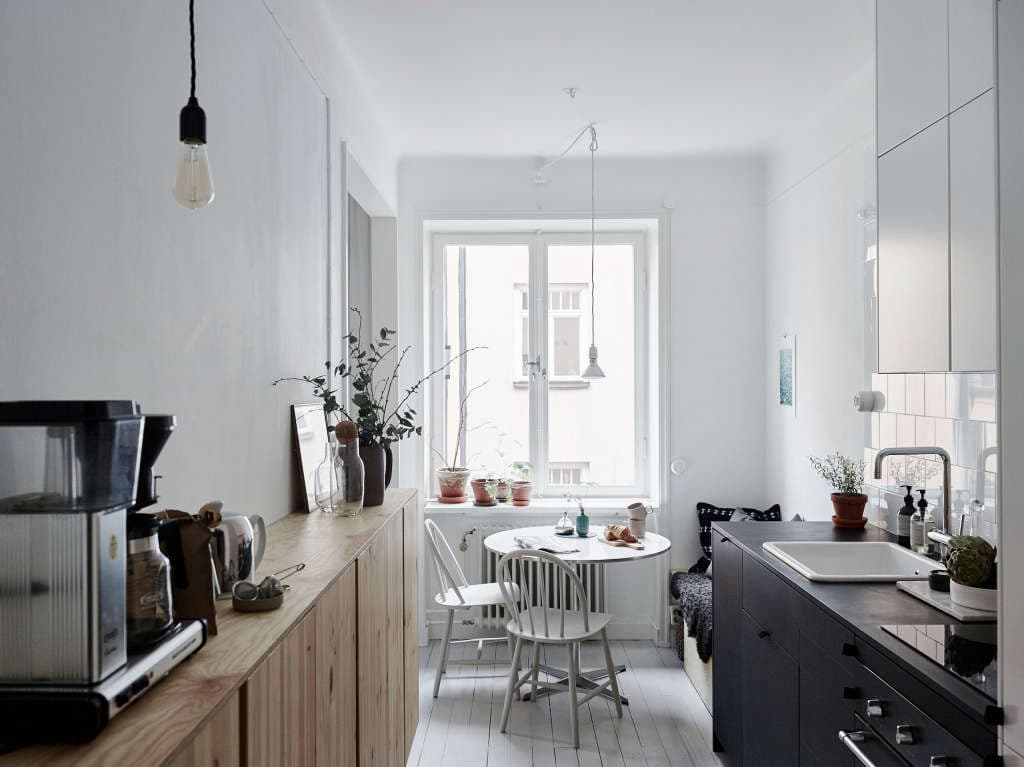
Pillar tiles for large living room
The pillar is an unavoidable part of the large living room that you can cover with tiles, and bricks, or paint it. The columns and beams give the building the strength to withstand all the adversities of the climate over the years and to stay together for decades.
But if the columns and beams are placed in the wrong places, they can harm the occupants of the house. A bad pillar can greatly hinder the growth of your family members in the short and long term, and it can also create conflict between family members.
Therefore, spacers must be followed for favorable results. Here we are going to discuss tips for house pillars:
No pillar should block the main entrance to the house. This will prevent positive energy from flowing through your home.
Columns should never be built inside the entrance of a house. It becomes a major obstacle to the free flow of positive energy in the house and will therefore prove to be a hindrance to your overall growth and success in life.
If you bought an existing house and built columns that create a barrier to entry, it is better to change the main entrance to a front one to get rid of all possible problems.
If the post near the main entrance cannot be removed, or even change the rules of the entrance, you can hang a picture of the road or the clearing on the post, or paint the post to give it the feeling of being in an open space.
If the structure of your house is built on multiple columns, creating voids underneath, it is believed that your wealth can escape through the voids. It is wise to build a room to seal the gap, and it will help you control your finances. This conforms to the specifications of the Pillar.
If you have a post in your house that is pointed or pointy, you might be better off covering the pointed end with a mirror or plant. This is done to ensure that the placed mirror or plant absorbs negative energy.
You must remember that if you place a mirror, the mirror should not reflect the toilet or the entrance on it. Ideally, your living room should have no exposed pillars. If the column is visible, you need to separate the room from the column.
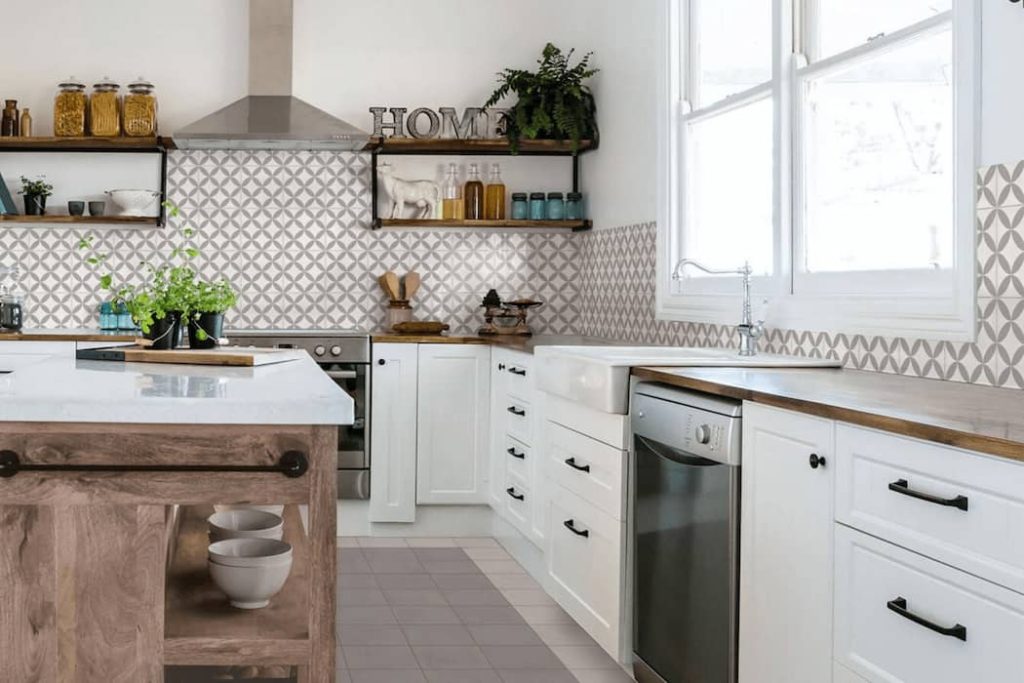
This will promote the free flow of positive energy. Therefore, there will always be abundance in your home.
For prosperity and peace, your house should have an even number of pillars. If you have an odd number of columns in your house, you should try to build another one and make the number an even number. This is in line with our strong recommendation for house pillars.
The central area of the house should not have columns or columns. If you place a post in the center of the house, the whole building will lean against the post. This is not considered auspicious according to the Pillars.
In the event of an earthquake, the entire building could collapse. However, if a room or a house has four pillars at the four corners, the whole building is earthquake-resistant. You need to make sure that there should be no raised poles where you sleep.
This can greatly disrupt your sleep patterns and lead to amnesia. This is considered even if you choose to sit under the beam. Therefore, you should position your furniture accordingly in the room to avoid sitting or sleeping under a raised column.
You need to make sure that there are no protruding edges in the house. This can greatly disrupt the free flow of positive energy in your home. Therefore, the protruding edge of the column should be repaired without delay in accordance.
The pillars in the northeast corner of the house should not be octagonal, hexagonal, or even polygonal. All exposed ceiling beams in the living room must be hidden by the construction of a false ceiling and must always be kept clean. This guarantees a free flow of positive energy in the living room.










Your comment submitted.